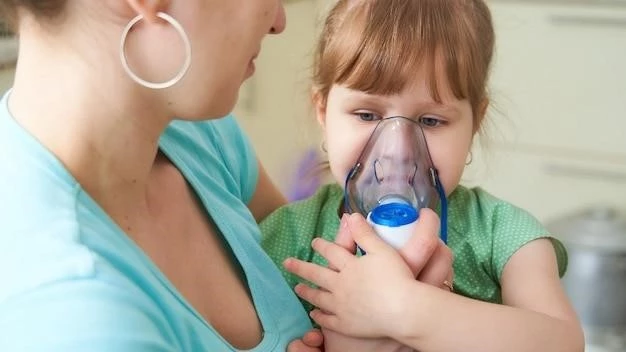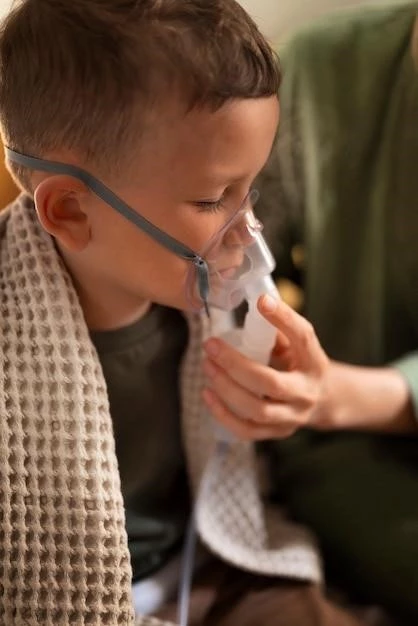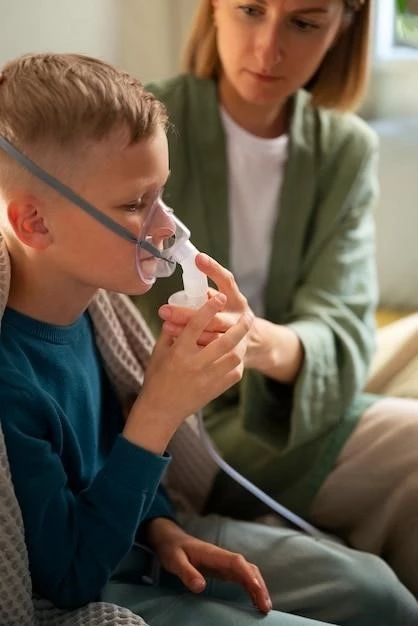Infant Respiratory Distress Syndrome (IRDS)‚ also known as Neonatal Respiratory Distress Syndrome‚ is a condition prevalent in premature infants due to surfactant deficiency and pulmonary immaturity‚ resulting in impaired gas exchange. Historically known as Hyaline Membrane Disease‚ it is diagnosed based on respiratory distress signs‚ oxygen levels‚ and chest X-ray abnormalities.
Definition and Causes
Infant Respiratory Distress Syndrome‚ previously known as Hyaline Membrane Disease‚ is a condition common in premature infants due to underdeveloped lungs and insufficient surfactant production. The syndrome results in impaired gas exchange and respiratory insufficiency in newborns. Surfactant deficiency and pulmonary immaturity are the primary causes of this potentially life-threatening condition.

Risk Factors and Incidence
The incidence of infant respiratory distress syndrome is significantly higher in premature infants due to underdeveloped lungs and insufficient surfactant levels. The risk increases with greater prematurity.
Relationship to Prematurity
Infant Respiratory Distress Syndrome is intricately linked to prematurity‚ with a higher incidence among infants born prematurely due to underdeveloped lungs and surfactant deficiency. The risk of developing this syndrome increases markedly with decreasing gestational age.
Diagnosis of Respiratory Distress Syndrome
The diagnosis of infant respiratory distress syndrome involves assessing signs of respiratory distress‚ oxygen levels in the blood‚ and abnormalities in chest X-ray results.
Clinical Manifestations and Diagnostic Tools
Infant respiratory distress syndrome often presents with rapid breathing‚ increased heart rate‚ chest wall retractions‚ and bluish skin coloration. Diagnostic evaluation typically includes assessing oxygen saturation levels‚ chest X-rays revealing characteristic changes‚ and occasionally‚ the use of ultrasound for enhanced diagnostic accuracy.
Clinical Presentation of Neonatal Respiratory Distress Syndrome
Infant respiratory distress syndrome is characterized by rapid breathing‚ increased heart rate‚ chest retractions‚ and bluish skin coloration due to inadequate gas exchange in the lungs.
Signs and Symptoms
Infant respiratory distress syndrome commonly presents with rapid breathing‚ increased heart rate‚ chest retractions‚ and bluish skin coloration‚ indicating inadequate oxygen exchange in the lungs. Other signs may include grunting and nasal flaring‚ pointing towards the severity of the respiratory distress.
Management and Treatment Approaches
The management of infant respiratory distress syndrome typically involves surfactant replacement therapy to improve lung function and oxygen exchange‚ providing respiratory support when needed.
Surfactant Replacement Therapy
Surfactant replacement therapy is a critical intervention for infants with respiratory distress syndrome‚ aiming to restore surfactant levels in the lungs and facilitate proper gas exchange. This therapy significantly improves lung function and overall respiratory outcomes in affected newborns.
Complications and Long-Term Effects
Complications of infant respiratory distress syndrome can lead to respiratory failure and even death if left untreated. Long-term effects may include chronic lung disease and developmental delays.
Impact of Oxygen Levels and Disease Severity
The severity of infant respiratory distress syndrome is closely tied to oxygen levels in the blood. Lower oxygen levels indicate a more severe condition‚ potentially leading to respiratory failure and long-term complications. Monitoring and managing oxygen levels are crucial for improving outcomes and minimizing risks associated with the disease.
Epidemiology of Respiratory Distress Syndrome
The incidence and severity of infant respiratory distress syndrome are inversely related to the gestational age of the newborn infant‚ with higher risks in premature infants. Enormous advancements have been made in understanding this condition.
Prevalence and Incidence Rates
Infant respiratory distress syndrome is more prevalent in premature infants‚ with approximately 10% of premature births affected by this condition. The incidence and severity of respiratory distress syndrome are inversely related to the gestational age of the newborn infant.
Research and Development in Neonatal Respiratory Distress Syndrome
Research in neonatal respiratory distress syndrome focuses on surfactant replacement therapy improvements and the development of innovative interventions to enhance lung function and outcomes in affected infants.
Therapeutic Advancements and Drug Development
Ongoing research in neonatal respiratory distress syndrome focuses on developing advanced therapeutic interventions and novel drug treatments to enhance lung function‚ improve outcomes‚ and reduce long-term complications in affected infants.

Prognosis and Outcomes for Infants with Respiratory Distress Syndrome
The prognosis for infants with respiratory distress syndrome varies based on factors such as gestational age‚ the severity of the condition‚ and the effectiveness of treatment. Prompt intervention and appropriate management significantly influence outcomes.
Mortality Rates and Risk Factors
Mortality rates in infants with respiratory distress syndrome can vary depending on factors such as gestational age‚ disease severity‚ and the timeliness of treatment. Prematurity and surfactant deficiency are significant risk factors influencing the prognosis and outcomes for affected infants.
Recent Studies and Findings on Infant Respiratory Distress Syndrome
Recent studies indicate advances in understanding infant respiratory distress syndrome‚ focusing on surfactant deficiency’s role in lung immaturity‚ surfactant replacement therapy‚ and the impact on neonatal outcomes.
Mechanical Explanations and New Discoveries
Recent studies have unveiled mechanical explanations for the instability observed in infant respiratory distress syndrome‚ shedding light on new discoveries that enhance our understanding of the condition’s pathophysiology and potential treatment modalities.
Conclusion
In conclusion‚ infant respiratory distress syndrome poses significant challenges‚ especially in premature infants‚ but ongoing research and therapeutic advancements offer hope for improved outcomes and better management of this critical condition. As the understanding of the disease mechanisms continues to evolve‚ early diagnosis and intervention remain paramount in mitigating the risks associated with respiratory distress syndrome in neonates.
